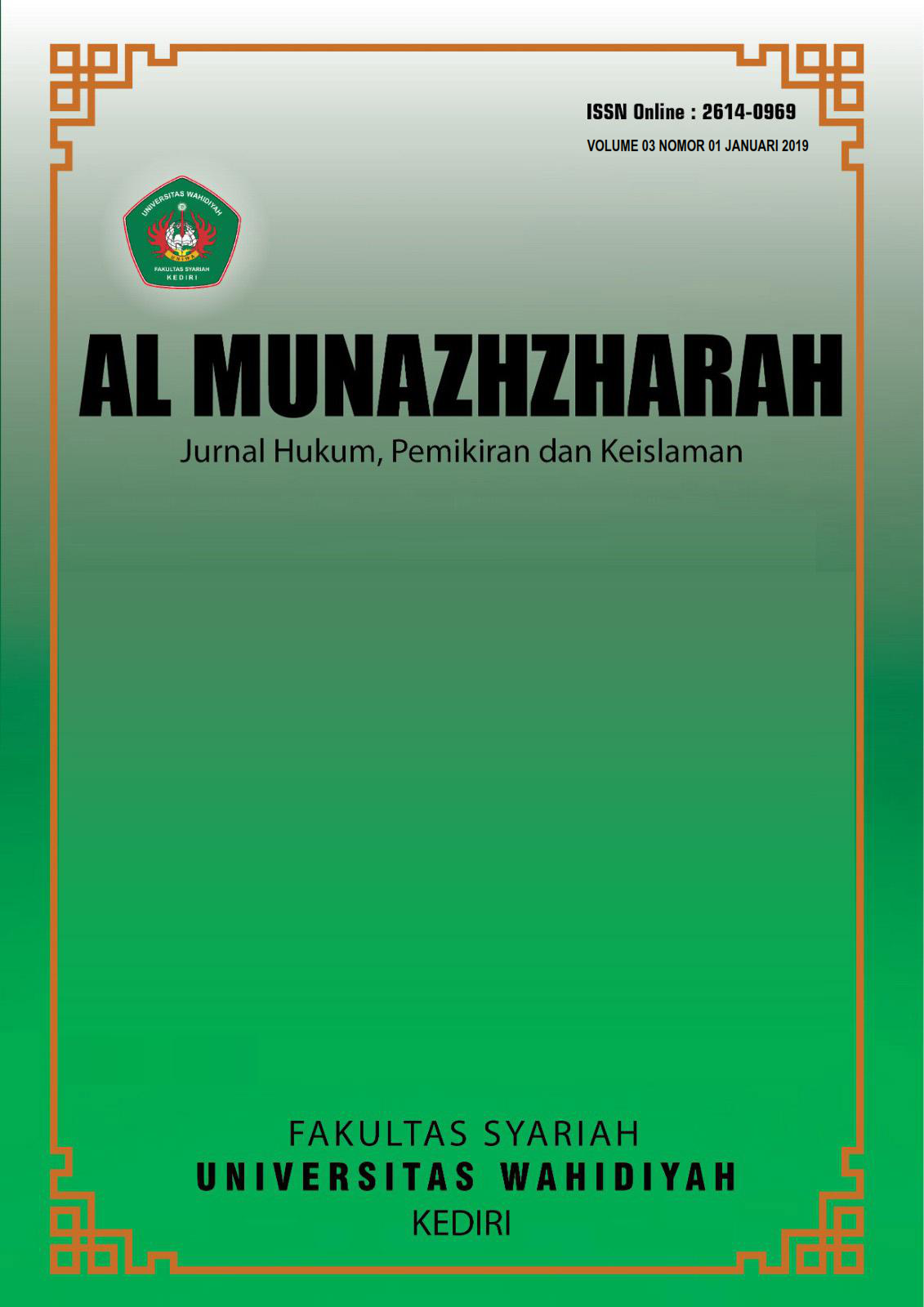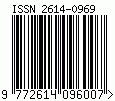OPTIMALISASI WAKAF TERHADAP KEMAKMURAN MASJID AL IRSYAD (STUDI KASUS DI DESA POJOK KECAMATAN WATES KABUPATEN KEDIRI)
Keywords:
WAQF, PROSPERITY, AL IRSYAD MOSQUEAbstract
The role of waqf in community life is very dominant, especially in relation to places of worship or education. Almost all mushala buildings or mosques in villages are built on waqf land which of course can also increase or prosper activities in mushala or mosques standing on waqf land. The author has a goal that is, Management of waqf for the prosperity of Al Irsyad mosque, Optimization of waqf for the prosperity of Al Irsyad Mosque. Researchers used qualitative research with data collection procedures: Interviews, namely asking directly to the relevant source, documentation that is looking for data in the form of files, notes, transcripts, agendas and so on related to the subject of the researcher's object, Observation, ie in addition to the researcher asking the Management Takmir of Al-Irshad Mosque. After conducting research the author can conclude that: Management of waqf in Al-Irsyad Mosque in general improves the management of waqf land that is still empty to be used as plantation land. The majority of waqf land in Al-Irshad Mosque is used for religious and educational activities. But now has developed a new way, waqf land that is still empty, used by Nazirs for productive activities, namely sugar cane plantations. Therefore, now the management of waqf land has begun to shift towards the economic nature and not only limited to worship. The form of waqf optimization in Al-Irshad Mosque is by adding productive waqf land. With the addition of productive land managed by nadzir, the mosque's endowment fund income is increasing.
Downloads
Downloads
Published
Issue
Section
License
Copyright (c) 2024 AL MUNAZHZHARAH

This work is licensed under a Creative Commons Attribution-NonCommercial-ShareAlike 4.0 International License.




















